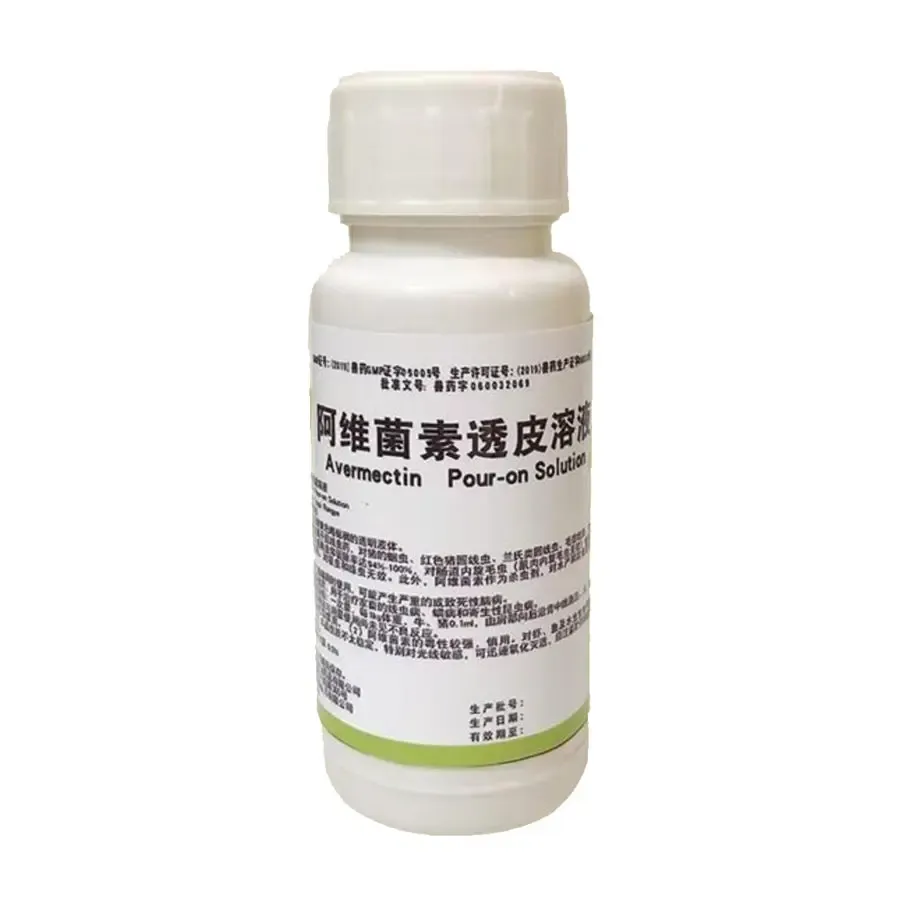- Afrikaans
- Albanian
- Amharic
- Arabic
- Armenian
- Azerbaijani
- Basque
- Belarusian
- Bengali
- Bosnian
- Bulgarian
- Catalan
- Cebuano
- Corsican
- Croatian
- Czech
- Danish
- Dutch
- English
- Esperanto
- Estonian
- Finnish
- French
- Frisian
- Galician
- Georgian
- German
- Greek
- Gujarati
- Haitian Creole
- hausa
- hawaiian
- Hebrew
- Hindi
- Miao
- Hungarian
- Icelandic
- igbo
- Indonesian
- irish
- Italian
- Japanese
- Javanese
- Kannada
- kazakh
- Khmer
- Rwandese
- Korean
- Kurdish
- Kyrgyz
- Lao
- Latin
- Latvian
- Lithuanian
- Luxembourgish
- Macedonian
- Malgashi
- Malay
- Malayalam
- Maltese
- Maori
- Marathi
- Mongolian
- Myanmar
- Nepali
- Norwegian
- Norwegian
- Occitan
- Pashto
- Persian
- Polish
- Portuguese
- Punjabi
- Romanian
- Russian
- Samoan
- Scottish Gaelic
- Serbian
- Sesotho
- Shona
- Sindhi
- Sinhala
- Slovak
- Slovenian
- Somali
- Spanish
- Sundanese
- Swahili
- Swedish
- Tagalog
- Tajik
- Tamil
- Tatar
- Telugu
- Thai
- Turkish
- Turkmen
- Ukrainian
- Urdu
- Uighur
- Uzbek
- Vietnamese
- Welsh
- Bantu
- Yiddish
- Yoruba
- Zulu
ធ្នូ . 11, 2024 09:33 Back to list
Albendazole Suspension 200 mg per 5 mL for Effective Parasite Treatment
Understanding Albendazole A Comprehensive Overview of 200 mg/5 ml
Albendazole is a powerful anthelmintic medication widely used to treat a variety of parasitic infections. Specifically, albendazole 200 mg/5 ml formulation represents a common concentration offered for pediatric patients or those who may have difficulty swallowing tablets. In this article, we will explore the use, mechanism of action, effectiveness, side effects, and important considerations surrounding the use of this medication.
What is Albendazole?
Albendazole is part of the benzimidazole class of medications and is primarily used to treat infections caused by helminths (worms). These infections often include roundworms, hookworms, tapeworms, and whipworms, among others. Albendazole works by interfering with the metabolism of the parasites, effectively hindering their uptake of glucose. This leads to a depletion of their energy source and ultimately results in the death of the parasites.
Indications and Uses
The primary indications for albendazole include infections such as
1. Neurocysticercosis A condition caused by the larval stage of the pork tapeworm, leading to seizures and other neurological symptoms. 2. Hydatid disease Caused by Echinococcus species, this condition involves the formation of cysts in various organs such as the liver and lungs. 3. Ascariasis An infection caused by the giant roundworm, Ascaris lumbricoides, which can lead to malnutrition and intestinal blockage, especially in children. 4. Other intestinal infections Such as hookworm and whipworm infestations, which can lead to gastrointestinal disturbances and anemia.
The liquid formulation of albendazole (200 mg/5 ml) is particularly valuable for treating children or patients who prefer or only tolerate oral liquid medication.
Mechanism of Action
The mechanism through which albendazole works is primarily due to its ability to bind to the parasite's tubulin protein. By disrupting the polymerization of tubulin into microtubules, albendazole prevents various cellular functions in the parasite, including cell division, glucose uptake, and other essential metabolic processes. This multifaceted approach makes albendazole effective against a wide range of helminthic infections, contributing to its widespread use globally.
albendazole 200 mg 5ml

Dosage and Administration
Albendazole is usually taken orally, and the dosage can vary depending on the type of infection being treated and the age of the patient. For the liquid formulation, it is essential to measure the correct doses using a proper measuring device to ensure effective treatment. It is also recommended to take the medication with food, as this can enhance its absorption.
In some cases, a single dose may be sufficient for certain infections, while a longer course of treatment may be required for more severe cases. It's crucial to follow the healthcare provider's instructions and complete the full course of treatment to prevent reinfection and ensure effectiveness.
Side Effects and Considerations
Albendazole is generally well-tolerated, but like all medications, it can cause side effects. Commonly reported side effects include
- Nausea - Vomiting - Abdominal pain - Dizziness - Headaches
In rare cases, more severe side effects such as liver toxicity or bone marrow suppression may occur. Patients should be monitored for these complications, particularly if they have pre-existing liver conditions or are taking other medications that may interact with albendazole.
Patients must inform their healthcare provider about any other medications they are taking and their medical history, especially concerning liver issues or allergies to benzimidazoles.
Conclusion
Albendazole 200 mg/5 ml represents a crucial option in the fight against parasitic infections, particularly in vulnerable populations such as children. Its effective mechanism of action, coupled with a range of approved indications, makes it an important medication in both clinical and public health contexts. By understanding its use, potential side effects, and appropriate administration, patients and healthcare providers can work together to ensure successful treatment outcomes against debilitating parasitic infections.
-
Guide to Oxytetracycline Injection
NewsMar.27,2025
-
Guide to Colistin Sulphate
NewsMar.27,2025
-
Gentamicin Sulfate: Uses, Price, And Key Information
NewsMar.27,2025
-
Enrofloxacin Injection: Uses, Price, And Supplier Information
NewsMar.27,2025
-
Dexamethasone Sodium Phosphate Injection: Uses, Price, And Key Information
NewsMar.27,2025
-
Albendazole Tablet: Uses, Dosage, Cost, And Key Information
NewsMar.27,2025













